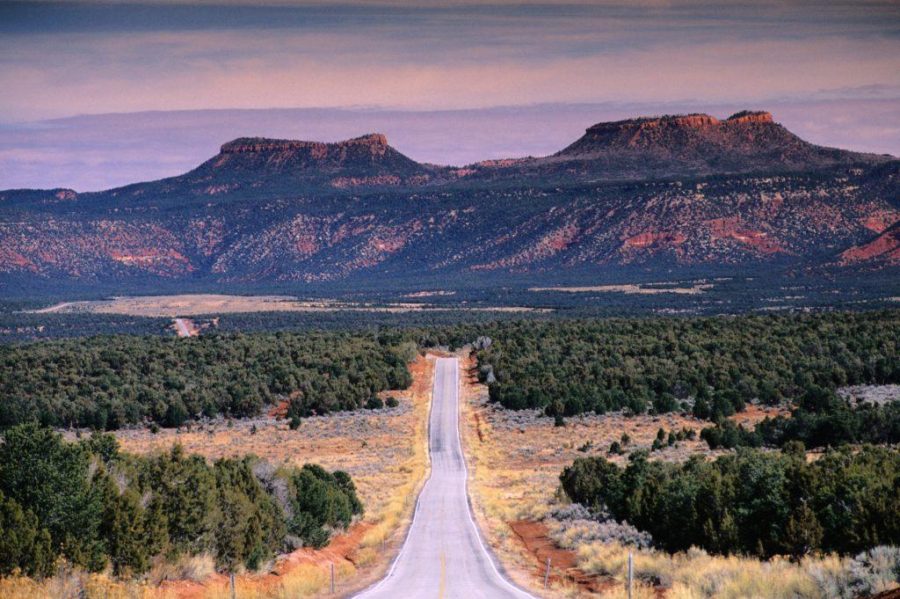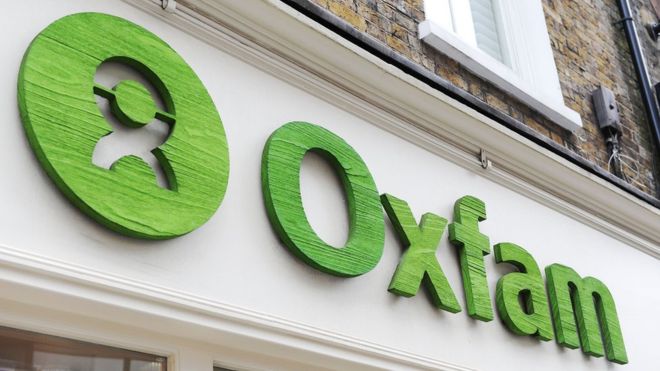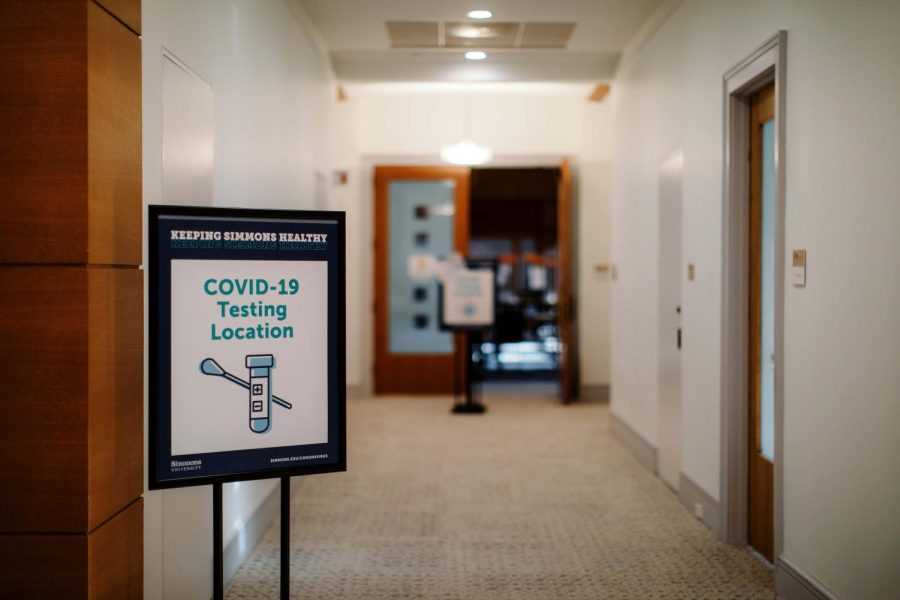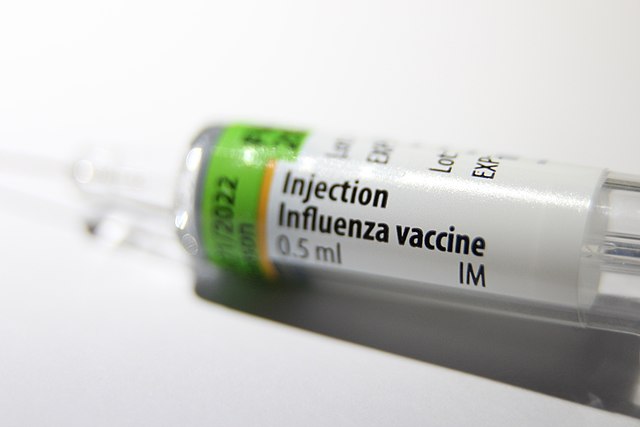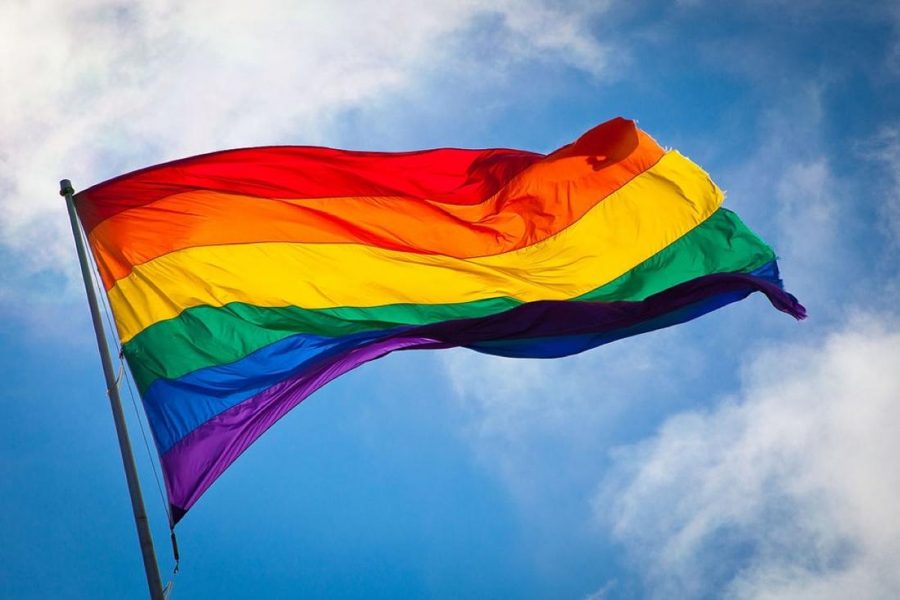By Roxanne Lee
Staff Writer
Louisiana-based oil company LLOG Exploration reported an oil spill between 333,900 and 392,700 gallons 40 miles southeast of Venice Louisiana on October 18, citing the cause as a cracked pipeline under the Gulf of Mexico.
However, the Coast Guard as well as the Federal Bureau of Safety and Environmental Enforcement reported that the true volume of released oil is actually about twice LLOG Exploration’s original estimate, about 672,000 gallons of oil — or about 16,000 barrels.
A representative from the Coast Guard has told WGNO, an ABC-affiliated television station in New Orleans, that the pipeline appears secure, though they would not explain the difference in the estimates of amount of oil spilled.
Trajectory models created by LLOG and the Coast Guard indicate that the oil will drift in a southwestern direction and will not directly hit the shoreline. The pipe break is 5,000 feet underwater and pressurized to more than 3,000 psi, and will likely be broken down in smaller particles and “disperse(d) into deep-water currents prior to reaching the surface,” according to the Coast Guard.

LLOG officials said the spill has been contained and cleanup has begun. Skimming vessels from Clean Gulf Associates and the Marine Spill Response Corporation are on standby and ready to collect oil that reaches the surface.
Even if it does not directly affect humans, the presence of such a spill is still very concerning. If the 16,000-barrel estimate is correct, this will be the country’s largest oil spill since the infamous Deepwater Horizon.
The Deepwater Horizon spill occurred on April 20, 2010, when an explosion on the BP Deepwater Horizon oil well in the Gulf of Mexico killed 11 workers and spilled 210 million gallons of crude oil 5000 feet below the surface of the ocean. The well was capped 87 days later on September 19.
The explosion was caused by a series of human errors and mechanical failures, and had a severe ecological impact. It contaminated both deep waters and surface level waters, caused a range of adverse effects to local wildlife such as disease and impaired reproduction, and alongside the dispersants used by BP, caused sickness and death among coastal residents. The effects of Deepwater Horizon are still felt today, with tar balls washing up on shores and the oyster population down by 23 percent.
The early containment of the October 18 leak hopefully means that the region will escape a repeat of the ecological and health damages wreaked by the Deepwater Horizon spill. Other factors also play into whether spilled oil makes an impact onto shore, like wave action, wind action, pressure on the oil, the type of oil and its boiling point.
The Bureau of Safety and Environmental Enforcement (BSEE) is investigating the cause of this most recent spill. The BSEE was created in 2011 as a response to the BP Gulf oil spill, and oversees environmentally responsible practices in the United States offshore energy industry. Specifically, the agency deals with activity in the Outer Continental Shelf, which refers to “lands beneath navigable waters” owned by the United States.
“While the reported discharge amount is very significant,” says Cmdr. Heather Mattern from the Coast Guard Marine Safety Unit in Morgan City, “we are confident in the calculations completed by the LLOG and NOAA scientists.”









